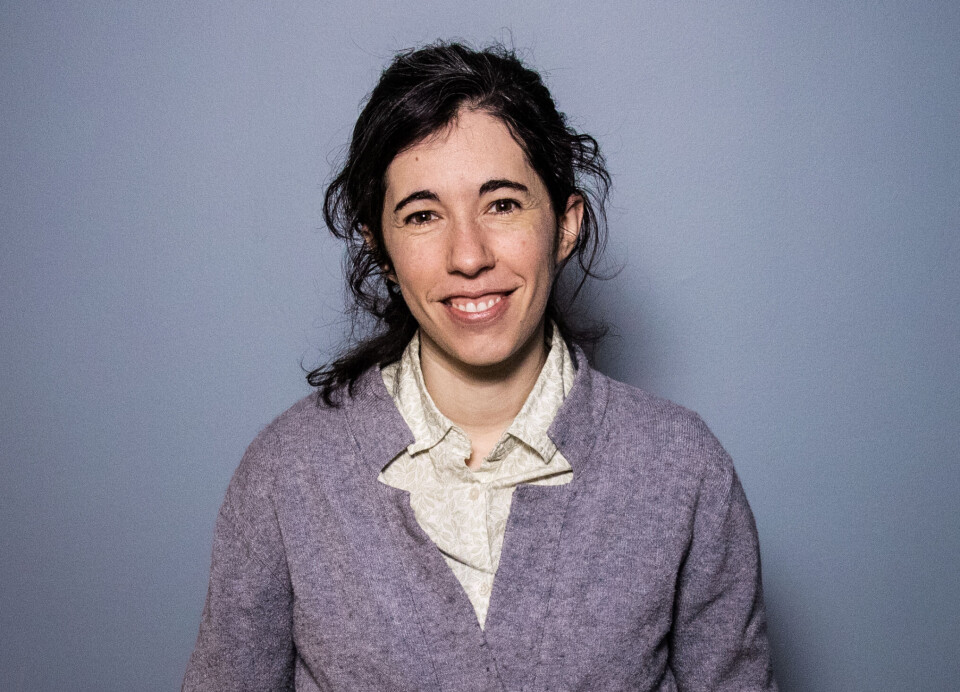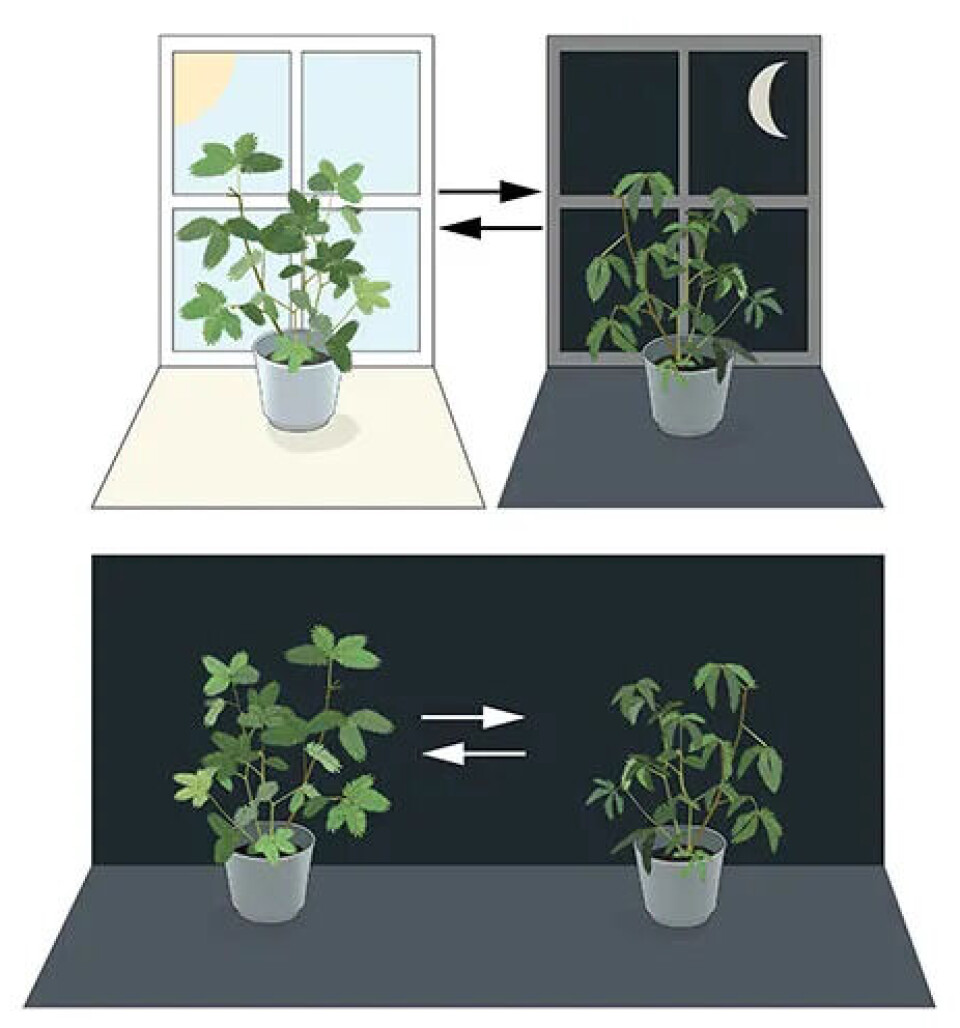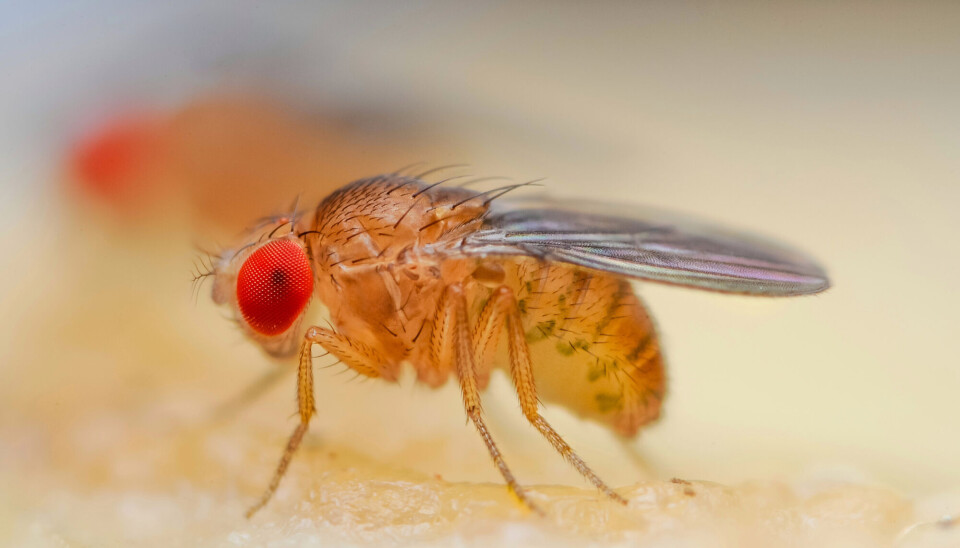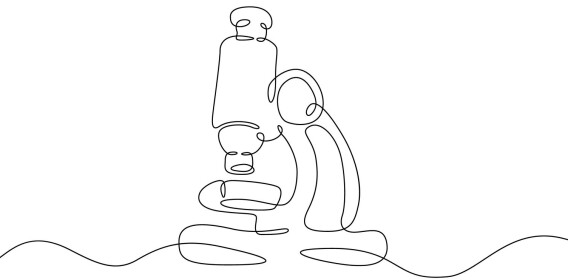Why do we sleep at night and stay awake during the day?
ASK A RESEARCHER: Plants and fruit flies have helped us find the answer.

Have you ever felt tired in the evening, even if you didn’t want to go to bed?
Or woken up early in the morning without an alarm?
That’s not a coincidence.
"Our bodies have an internal clock," says researcher Graciela López Soop.
The body's internal clock
The internal clock controls our circadian rhythm.
"We are designed to be awake during the day and sleepy at night," says Soop.
The clock signals when we should be active and when we should rest.
Soop is a molecular biologist and studies the cells in our body.
"Every cell in our body has this clock," she says.
It runs for about 24 hours – just like a day.
"It's controlled by special clock genes," she says.

When we’re overly active, these genes send signals that it’s time to slow down.
This cycle repeats every day – and that's how we get a circadian rhythm.
A plant helped uncover the clock
We have known about the internal clock for several hundred years.
"It all began with a plant experiment in the 1700s," says Soop.
Astronomer Jean Jacques d’Ortous de Mairan noticed something strange.
He saw that plant leaves moved throughout the day.
"They opened during the day and closed at night," says Soop.
Was it just because of the dark?
He decided to find out.
Confused without sunlight?
"He placed mimosa plants inside a dark cave," says Soop.
He probably thought that would confuse the plants.
"But they kept opening and closing their leaves, even without any light," she says.
And they continued doing so for weeks.
The experiment showed that the plants had their own built-in clock.

Fruit fly research
Later, researchers discovered that humans and animals also have internal clocks.
"Researchers saw this when they studied fruit flies," says Soop.
These are the tiny flies that often hover around fruit.
They are small, easy to work with, and have many genes similar to ours.
The discovery happened in the 1970s.
Back then, researchers made small changes to the genes of fruit flies.
And what happened?
Some of them started waking up and sleeping far too early. Others barely got tired at all.
A small error in a single gene could thus change the entire circadian rhythm.
"So they must also have an internal clock," says Soop.

Found in almost all living things
The internal clock appeared around two billion years ago.
It began ticking in some of the earliest tiny life forms on Earth.
"It showed up in cyanobacteria," she says.
Most viewed
The sun could harm them, so they developed a clock that kept them awake at night and asleep during the day.
For humans, it's the other way around.
"We are social creatures. We need daylight to see each other and live together," says Soop.
The clock helps us adapt to life on Earth.
And if the sun becomes too strong, we protect ourselves with sunscreen.
Take care of the clock
"We should take care of our internal clock," says the researcher.
We should go to bed when our body starts feeling sleepy, and we should get up at sunrise.
"What happens if we mistreat our internal clock?"
"If we do that over a long period, we can disrupt some of the body's functions and eventually damage our health," she says.
But whether you want to sleep or not, it's the internal clock that decides.
If you stay awake too long, it will force you to sleep.
———
Translated by Alette Bjordal Gjellesvik
Read the Norwegian version of this article on ung.forskning.no

Subscribe to our newsletter
The latest news from Science Norway, sent twice a week and completely free.
























































